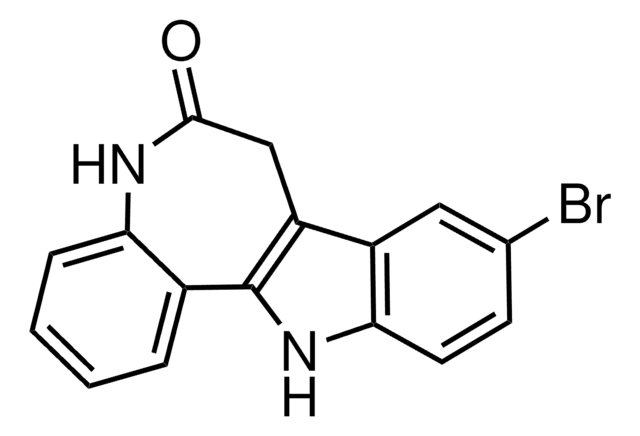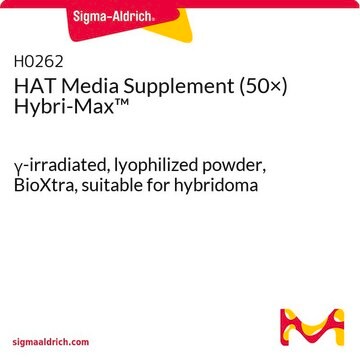推荐产品
生化/生理作用
BT2 is an orally active, allosteric mitochondrial branched-chain α-ketoacid dehydrogenase (BCKD) kinase (BCKDK or BDK) inhibitor (IC50 = 3.19 μM) that induces BDK dissociation from the BCKD complex (BCKDC) with superior pharmacokinetics and metabolic stability than (S)-CPP. BT2 increases cellular BCKDC activity in cultures (40 μM; MEF & murine hepatocytes) and induces BDK degradation in mice & rats in vivo, effectively upregulating tissue BCKDC activity and downregulating plasma branched-chain amino acid (BCAA) level. Typical dosing range: 40-250 μM (in cultures or cell-free), 20-40 mg/kg (ip. or po. in vivo; mice & rats) or 200 mg/kg diet.
儲存類別代碼
11 - Combustible Solids
水污染物質分類(WGK)
WGK 3
閃點(°F)
Not applicable
閃點(°C)
Not applicable
Mengping Chen et al.
Journal of the American Heart Association, 8(11), e011625-e011625 (2019-08-23)
Background Branched-chain amino acid (BCAA) catabolic defect is an emerging metabolic hallmark in failing hearts in human and animal models. The therapeutic impact of targeting BCAA catabolic flux under pathological conditions remains understudied. Methods and Results BT2 (3,6-dichlorobenzo[b]thiophene-2-carboxylic acid), a
Golam M Uddin et al.
Cardiovascular diabetology, 18(1), 86-86 (2019-07-07)
Branched chain amino acids (BCAA) can impair insulin signaling, and cardiac insulin resistance can occur in the failing heart. We, therefore, determined if cardiac BCAA accumulation occurs in patients with dilated cardiomyopathy (DCM), due to an impaired catabolism of BCAA
Danielle Murashige et al.
Cell metabolism, 34(11), 1749-1764 (2022-10-13)
Pharmacologic activation of branched-chain amino acid (BCAA) catabolism is protective in models of heart failure (HF). How protection occurs remains unclear, although a causative block in cardiac BCAA oxidation is widely assumed. Here, we use in vivo isotope infusions to show
我们的科学家团队拥有各种研究领域经验,包括生命科学、材料科学、化学合成、色谱、分析及许多其他领域.
联系技术服务部门








